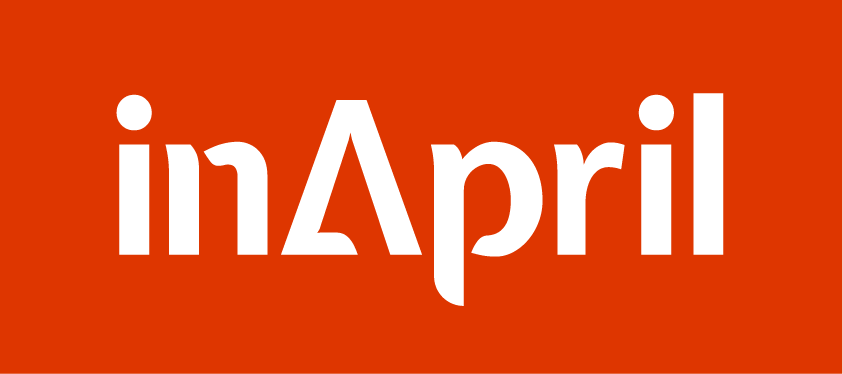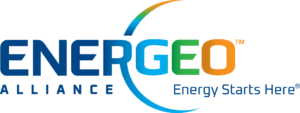It is well known that seismic companies have a long tradition for patenting their solutions and it has become a necessity for all players in the industry to navigate carefully in the development and use of seismic equipment. The validity of patents will always be geographically limited – some very narrow and some wider. As a relative newcomer to the market for seabed seismic systems we fully respect IP secured through patents and have spent a significant amount of time and resources navigating our way through the field of patents and patent applications.
In inApril we always try to stay clear of existing IPs in our efforts to design cost efficient seabed solutions, but it is not always clear what will or will not infringe existing patents. Despite our best efforts there may be patents that we have overlooked in our searches and there may also be ‘prior art’ in the sector. As the case is for any equipment supplier, inApril can therefore not rule out that parts of our solutions could infringe other’s patents rights if used in certain countries.
inApril works under strict ethical standards and will always before a sale inform customers of what we know when it comes to other’s IP and patents, but we can not control how and where our customers use inApril’s equipment and solutions. The responsibility will therefore always be with our customers to carry out their own evaluations and make their own decisions.
In our patent searches we have seen that some patent applications cover the most obvious solutions. To reduce the risk of anyone, intentionally or unknowingly, trying to patent parts of our Venator solution or ways of operating, we have decided to make public elements of our solutions that previously might not have been presented in a traceable way, although they have been disclosed in meetings with potential customers and end users. Our web page and EAGE / SEG exhibitions will be used to make solutions public.

